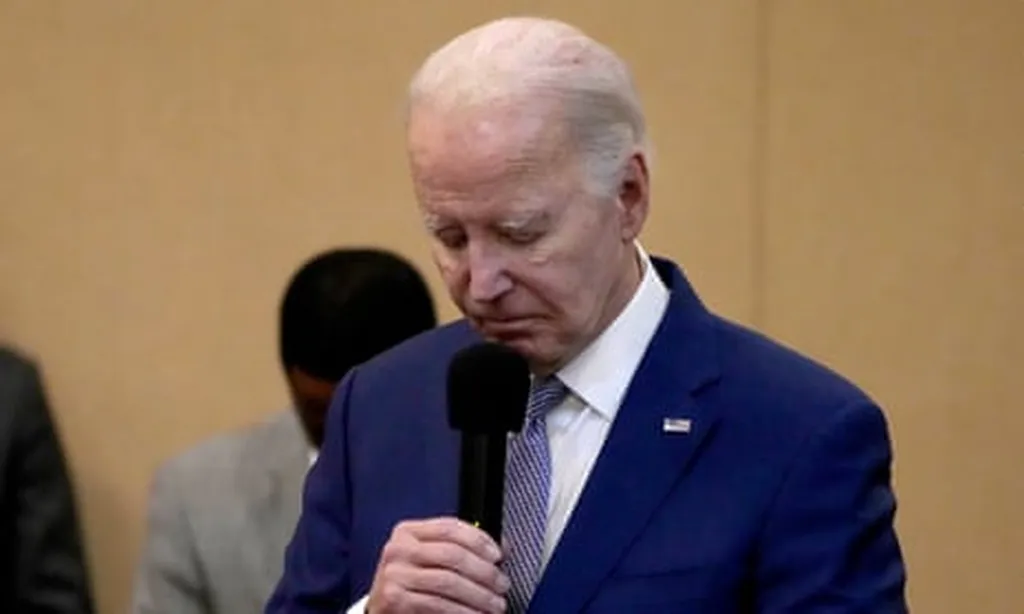As Europe scrambles to reinforce its defences in the wake of the Ukraine war, Australian defence technology companies are seizing a pivotal moment in the evolution of drone warfare. The surge in demand for anti-drone systems has propelled Australian engineering and software firms to the forefront of a rapidly expanding market, with stocks soaring in response. Analysts caution that despite recent peace agreements in the Middle East, global demand for defence technology remains robust, with Australia emerging as a key player in counter-drone innovation.
The conflict in Ukraine has exposed the vulnerabilities of modern airspace, with drones playing a decisive role in both reconnaissance and combat. European nations, particularly those bordering Ukraine, are now investing heavily in countermeasures to protect their skies. The so-called “shadow drone war” in Eastern Europe has seen repeated incursions by drones linked to Russia, prompting NATO allies to bolster their defences. In September, 19 suspected Russian drones breached Polish airspace during an attack on Ukraine, prompting an emergency military response. Polish Prime Minister Donald Tusk described the incident as “the closest we have been to open conflict since World War II,” underscoring the urgency of the threat.
This heightened geopolitical tension has triggered a wave of defence spending. According to the International Institute for Strategic Studies, global defence expenditure reached $3.8 trillion in 2024, up from an average of 1.6% of GDP in 2022 to 1.9%. NATO members, spurred by US President Donald Trump, have committed to increasing their defence budgets to 5% of GDP by 2035, up from the previous 2% target set in 2014. This financial surge has created a fertile ground for companies developing cutting-edge defence technologies.
Leading the charge among Australian firms is DroneShield, which has seen its sales surge by over 400% year-on-year after securing its largest contract to date—a $60 million deal with an unnamed European military customer. Chief Executive Oleg Vornik reflects on the shift in perception around anti-drone technology: “Just a few years ago, people underestimated the usefulness of anti-drone equipment. Demand skyrocketed when Russia invaded Ukraine.” DroneShield’s products, now deployed by Ukraine and European nations like Denmark, include a radio device that alerts users to nearby drones and a “drone gun” that disrupts drone signals, forcing them to land or crash.
The company’s success mirrors broader trends in the defence sector, where innovation is being driven by real-world conflict. “With the start of the war in Ukraine, all the military planners around the world were saying, ‘Hey, the next war will be fought like this one is — with drones,’” Vornik said. This recognition has solidified Australia’s position as a leader in counter-drone technology, with DroneShield’s shares quadrupling since the beginning of the year.
As European nations continue to fortify their defences, Australian companies are well-positioned to capitalise on the growing demand for advanced military technology. The lessons learned from the Ukraine conflict are reshaping global defence strategies, and Australia’s expertise in counter-drone systems could play a crucial role in securing airspace in an era of asymmetric warfare.

